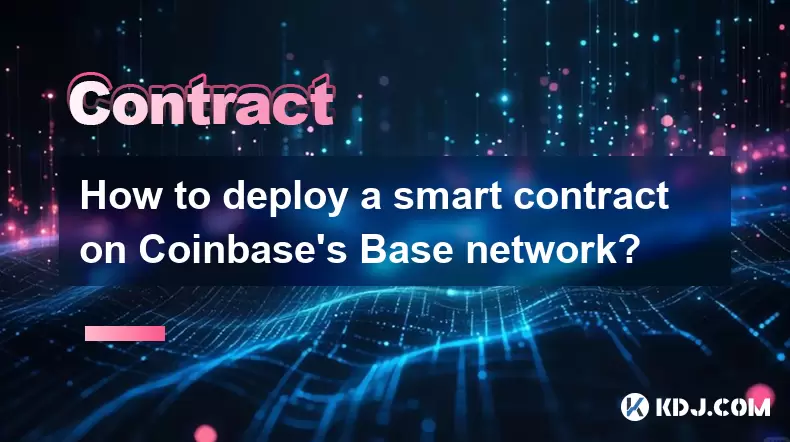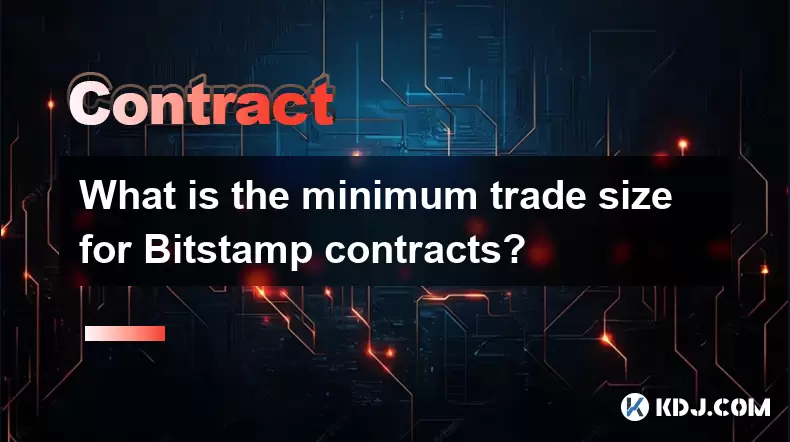-
 Bitcoin
Bitcoin $117800
-0.93% -
 Ethereum
Ethereum $3595
-3.74% -
 XRP
XRP $3.255
-7.56% -
 Tether USDt
Tether USDt $1.000
0.00% -
 BNB
BNB $769.8
-0.05% -
 Solana
Solana $190.0
-6.65% -
 USDC
USDC $0.9999
0.01% -
 Dogecoin
Dogecoin $0.2449
-8.56% -
 TRON
TRON $0.3107
-1.02% -
 Cardano
Cardano $0.8207
-7.05% -
 Hyperliquid
Hyperliquid $42.90
-3.57% -
 Stellar
Stellar $0.4320
-7.31% -
 Sui
Sui $3.746
-4.91% -
 Chainlink
Chainlink $18.13
-6.70% -
 Hedera
Hedera $0.2495
-8.65% -
 Bitcoin Cash
Bitcoin Cash $510.6
-2.01% -
 Avalanche
Avalanche $23.94
-3.95% -
 Litecoin
Litecoin $113.6
-2.15% -
 Shiba Inu
Shiba Inu $0.00001405
-7.72% -
 UNUS SED LEO
UNUS SED LEO $8.967
-0.02% -
 Toncoin
Toncoin $3.165
-9.97% -
 Polkadot
Polkadot $4.180
-5.51% -
 Ethena USDe
Ethena USDe $1.001
-0.01% -
 Uniswap
Uniswap $10.07
-4.95% -
 Monero
Monero $320.9
-1.30% -
 Pepe
Pepe $0.00001299
-6.17% -
 Bitget Token
Bitget Token $4.648
-3.05% -
 Dai
Dai $0.9999
0.01% -
 Aave
Aave $290.4
-5.24% -
 Bittensor
Bittensor $432.1
-3.82%
How to deploy a smart contract on Coinbase's Base network?
Deploying smart contracts on Coinbase's Base network is seamless for Ethereum devs—use Hardhat, fund your wallet with ETH, and leverage EVM compatibility for low-cost, secure deployments.
Jul 23, 2025 at 10:28 am

Understanding the Base Network
Coinbase's Base network is an Ethereum Layer 2 (L2) blockchain built using the OP Stack, offering low-cost and secure transactions while maintaining Ethereum’s security guarantees. Before deploying a smart contract, it’s essential to understand that Base is EVM-compatible, meaning Solidity-based contracts that work on Ethereum will also function on Base. Developers must ensure their tooling supports custom RPC endpoints and that gas fees are paid in ETH—not a native token unique to Base.
Setting Up Your Development Environment
To begin, install Hardhat or Foundry, two widely used Ethereum development frameworks. For this guide, we’ll use Hardhat:
- Run
npm init -yin your project directory. - Install Hardhat:
npm install --save-dev hardhat. - Initialize the project:
npx hardhat. - Choose “Create a JavaScript project” and follow prompts.
Install additional dependencies:
npm install --save-dev @nomicfoundation/hardhat-toolbox.Ensure your project includes a
contracts/folder and ahardhat.config.jsfile. This setup prepares you for compiling and deploying contracts specifically to Base.Configuring Hardhat for Base Network
Edit yourhardhat.config.jsto include Base’s network configuration:require("@nomicfoundation/hardhat-toolbox");/* @type import('hardhat/config').HardhatUserConfig / module.exports = { solidity: "0.8.20", networks: { base: { url: "https://base-mainnet.gateway.pokt.network/v1/lb/625479831234", accounts: [process.env.PRIVATE_KEY], // Store this in .env } }
- The RPC URL above is a public endpoint. For production, consider using a dedicated provider like Alchemy or Infura with Base support.
Confirm the Solidity version matches your contract’s pragma statement—mismatched versions cause deployment failures.
Writing and Compiling Your Smart Contract
Create a simple contract incontracts/MyToken.sol:// SPDX-License-Identifier: MIT pragma solidity ^0.8.20;
contract MyToken {
string public name = "BaseToken";
mapping(address => uint256) public balances;
function mint(address to, uint256 amount) external {
balances[to] += amount;
}}
- Run
npx hardhat compileto compile the contract. - If successful, the artifact will appear in
artifacts/. - Compilation errors often stem from version mismatches or syntax issues—review the output carefully.
- Use
npx hardhat cleanif you encounter cached compilation issues.
Deploying to Base Mainnet
Create a deployment script in
scripts/deploy.js:async function main() {
const MyToken = await ethers.getContractFactory("MyToken");
const myToken = await MyToken.deploy();
await myToken.waitForDeployment();
console.log("MyToken deployed to:", await myToken.getAddress());
}
main().catch((error) => {
console.error(error);
process.exitCode = 1;
});
- Fund your wallet with ETH on Base (use the [Base faucet](https://faucet.quicknode.com/base) for testnet).
- Execute: `npx hardhat run scripts/deploy.js --network base`.
- Monitor the transaction on [Base Scan](https://basescan.org/) using the contract address.
- **Ensure your wallet has sufficient ETH to cover gas—Base uses ETH, not a separate token**.
<h3>Verifying the Contract on BaseScan</h3>
After deployment, verify your contract to make source code publicly readable:
- Visit [BaseScan Verify](https://basescan.org/verifyContract).
- Select “Single File” and paste your Solidity code.
- Input the constructor arguments (if any) as ABI-encoded (leave blank if none).
- Provide the contract address and compiler version used (e.g., v0.8.20+commit.1a017a22).
- Click “Verify & Publish”—**verification enhances trust and enables debugging**.
<h3>Frequently Asked Questions</h3>
**Can I use MetaMask to interact with my deployed Base contract?**
Yes. Add Base as a custom network in MetaMask:
- Network Name: Base Mainnet
- New RPC URL: `https://base-rpc.publicnode.com`
- Chain ID: `8453`
- Currency Symbol: ETH
- Block Explorer URL: `https://basescan.org`
Once added, connect MetaMask to your dApp frontend or use it to send transactions directly.
**What if my deployment fails with “insufficient funds”?**
This means your wallet lacks ETH on Base. Transfer ETH from Ethereum mainnet to your Base address using the [official Base Bridge](https://bridge.base.org/). Confirm the transaction on both chains before retrying deployment.
**How do I deploy to Base Sepolia testnet instead?**
Update your `hardhat.config.js` with:
baseSepolia: {
url: "https://base-sepolia.gateway.pokt.network/v1/lb/625479831234",
accounts: [process.env.PRIVATE_KEY]
}
Then run: npx hardhat run scripts/deploy.js --network baseSepolia. Use the Base Sepolia faucet for test ETH.
Is there a difference between deploying to Base vs. Ethereum mainnet?
The process is nearly identical due to EVM compatibility. Key differences include:
- Lower gas fees on Base.
- Different RPC endpoints and chain IDs.
- BaseScan instead of Etherscan for verification and monitoring.
Ensure your tooling supports Base-specific configurations to avoid errors.
Disclaimer:info@kdj.com
The information provided is not trading advice. kdj.com does not assume any responsibility for any investments made based on the information provided in this article. Cryptocurrencies are highly volatile and it is highly recommended that you invest with caution after thorough research!
If you believe that the content used on this website infringes your copyright, please contact us immediately (info@kdj.com) and we will delete it promptly.
- Sui Price, Open Interest, and the $4 Breakout: Will SUI Surge?
- 2025-07-23 22:50:13
- BlockDAG, XRP, and DOT: Riding the Crypto Wave Like a Wall Street Pro
- 2025-07-23 23:10:13
- Dogecoin, Hedera, and PayFi: Altcoins Heating Up in 2025
- 2025-07-23 23:50:12
- NFT Penguins Rally: PENGU's Rise and the CryptoBatz Bounce
- 2025-07-23 23:10:13
- Dogecoin's Future: Will the Meme Dream Live On?
- 2025-07-23 22:30:13
- Mara's Bitcoin Bet: Debt, Mining, and Shadow Banking?
- 2025-07-23 22:30:13
Related knowledge

Why is my Bitstamp futures position being liquidated?
Jul 23,2025 at 11:08am
Understanding Futures Liquidation on BitstampFutures trading on Bitstamp involves borrowing funds to open leveraged positions, which amplifies both po...

Does Bitstamp offer inverse contracts?
Jul 23,2025 at 01:28pm
Understanding Inverse Contracts in Cryptocurrency TradingIn the realm of cryptocurrency derivatives, inverse contracts are a specific type of futures ...

How to find your Bitstamp futures trade history?
Jul 23,2025 at 08:07am
Understanding Bitstamp and Futures Trading AvailabilityAs of the current state of Bitstamp’s service offerings, it is critical to clarify that Bitstam...

Can I use a trailing stop on Bitstamp futures?
Jul 23,2025 at 01:42pm
Understanding Trailing Stops in Cryptocurrency TradingA trailing stop is a dynamic type of stop-loss order that adjusts automatically as the price of ...

What is the minimum trade size for Bitstamp contracts?
Jul 23,2025 at 07:14pm
Understanding Bitstamp and Its Contract OfferingsBitstamp is one of the longest-standing cryptocurrency exchanges, established in 2011, and known for ...

How to trade ETH perpetuals on Bitstamp?
Jul 23,2025 at 03:28am
Understanding ETH Perpetual ContractsETH perpetual contracts are derivative products that allow traders to speculate on the price of Ethereum without ...

Why is my Bitstamp futures position being liquidated?
Jul 23,2025 at 11:08am
Understanding Futures Liquidation on BitstampFutures trading on Bitstamp involves borrowing funds to open leveraged positions, which amplifies both po...

Does Bitstamp offer inverse contracts?
Jul 23,2025 at 01:28pm
Understanding Inverse Contracts in Cryptocurrency TradingIn the realm of cryptocurrency derivatives, inverse contracts are a specific type of futures ...

How to find your Bitstamp futures trade history?
Jul 23,2025 at 08:07am
Understanding Bitstamp and Futures Trading AvailabilityAs of the current state of Bitstamp’s service offerings, it is critical to clarify that Bitstam...

Can I use a trailing stop on Bitstamp futures?
Jul 23,2025 at 01:42pm
Understanding Trailing Stops in Cryptocurrency TradingA trailing stop is a dynamic type of stop-loss order that adjusts automatically as the price of ...

What is the minimum trade size for Bitstamp contracts?
Jul 23,2025 at 07:14pm
Understanding Bitstamp and Its Contract OfferingsBitstamp is one of the longest-standing cryptocurrency exchanges, established in 2011, and known for ...

How to trade ETH perpetuals on Bitstamp?
Jul 23,2025 at 03:28am
Understanding ETH Perpetual ContractsETH perpetual contracts are derivative products that allow traders to speculate on the price of Ethereum without ...
See all articles

























































































